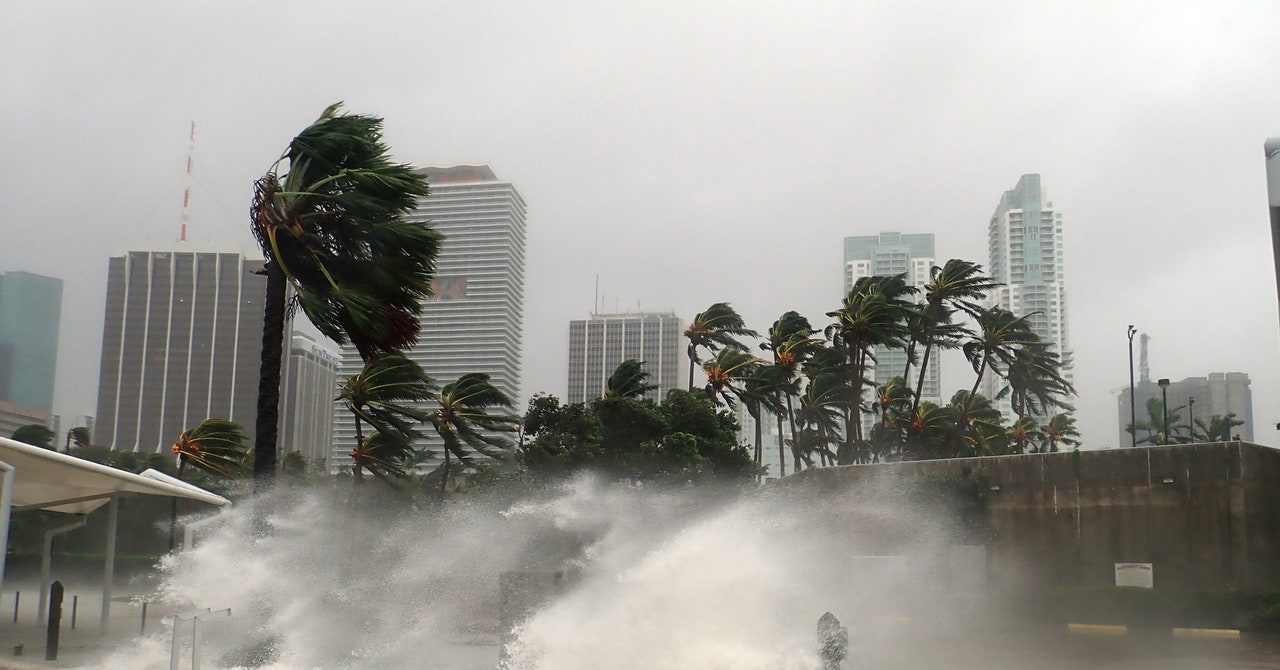Record the final temperature The year pushed the global water cycle to “new climate extremes”, according to Global Water Monitor 2024 ReportThe document, prepared by an international consortium led by researchers at the Australian National University, said these climate anomalies led to devastating floods and droughts, resulting in more than 8,700 deaths, the displacement of 40 million people and the loss of $550 billion. There was economic loss of more than $100,000.
The report was conducted by an international team and led by ANU Professor Albert van Dijk. This shows that 2024 was hottest year So far, about 4 billion people in 111 countries, and the air temperature at the Earth's surface is 1.2 °C higher than documented at the beginning of the century and 2.2 °C higher than at the beginning of the Industrial Revolution.
Van Dijk claims water systems around the world were affected. “From historic droughts to devastating floods, these severe climate changes affect lives, livelihoods and entire ecosystems. Water is our most important resource, and its extremes are one of the greatest threats we face,” he says.
The report's authors analyzed data from thousands of ground and satellite stations that collect real-time information on critical water variables, including rainfall intensity and frequency, soil moisture and flooding.
“We found that rainfall records are being broken with increasing regularity. For example, record-high monthly rainfall totals are achieved 27 per cent more often in 2024 compared to the beginning of this century, while daily rainfall records are achieved 52 per cent more often. “The record low was 38 percent higher, so we are seeing worse extremes on both sides,” says Van Dijk.
As a result, sea surface temperatures rose, intensifying tropical cyclones and drought in the Amazon Basin and southern Africa, the research said. Global warming promoted the formation of slow-moving storms in Europe, Asia and Brazil, causing extremely high levels of rainfall in some areas – such as Valencia in Spain. Extensive flooding occurred in Afghanistan and Pakistan, while rising water levels in the Yangtze and Pearl rivers in southern China damaged rice crops.
“In Bangladesh, heavy monsoon rains and release of water from dams affected more than 5.8 million people and ruined at least 1 million tonnes of rice. In the Amazon Basin, Forest fire Hot, dry weather devastated more than 52,000 square kilometers in September alone, releasing huge amounts of greenhouse gases,” says Van Dijk.
Changes in the water cycle increased food shortages, disrupted shipping routes and disrupted hydropower production in some areas, the study said. “We need to prepare and adapt to what will inevitably be more severe extreme events. “This could mean adopting stronger flood defences, developing new food production systems and developing more drought-resistant water supply networks,” suggests Van Dijk.
World leaders have pledged to implement measures and policies to limit global warming to more than 1.5 degrees Celsius above pre-industrial levels by the end of the century, but the World Meteorological Organization has reported that current efforts are inadequate. WMO estimates that there is an 80 percent chance that the average global temperature will again exceed 1.5 degrees Celsius above pre-industrial levels in at least one of the next five years. The projection shows that humanity is far from meeting the goals of the Paris Agreement and raises new concerns about the progress of climate change.
Securing financial resources is another challenge. The United Nations Environment Program estimates that the funding gap for climate change adaptation ranges from $194 billion to $366 billion annually.
UN Secretary-General Antonio Guterres has said that “we are teetering on a planetary tightrope. Either leaders close the emissions gap or we are speeding towards climate disaster, with the poorest and most vulnerable suffering the most. The countdown to action has begun.”
This story was originally published on Wired en Español And it has been translated from Spanish.


